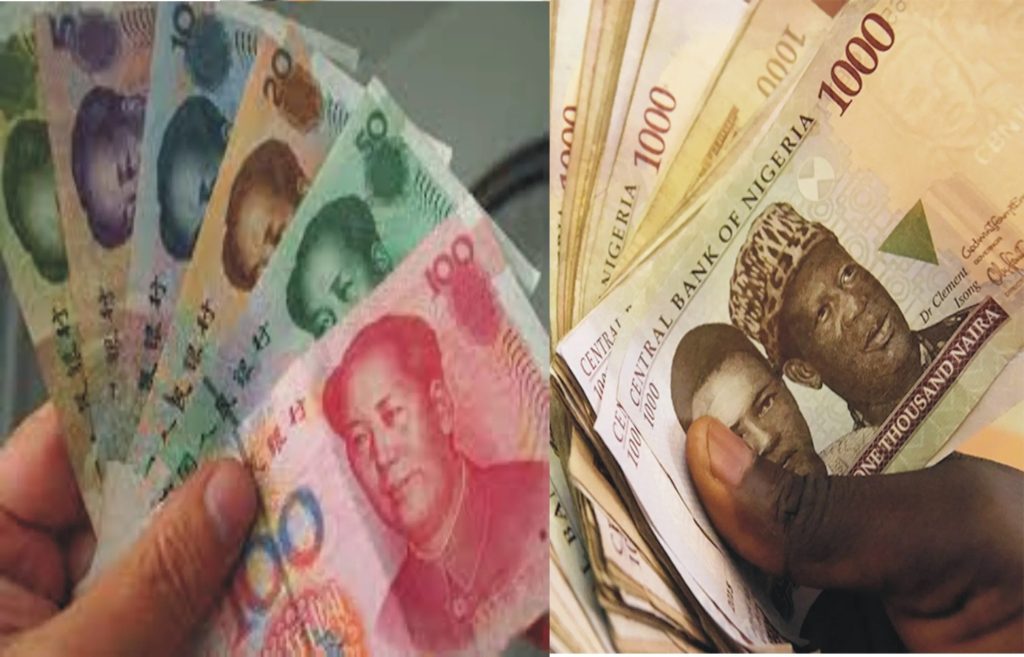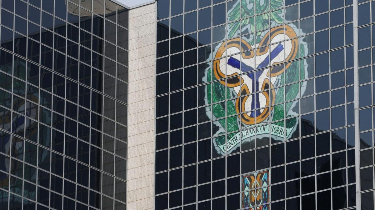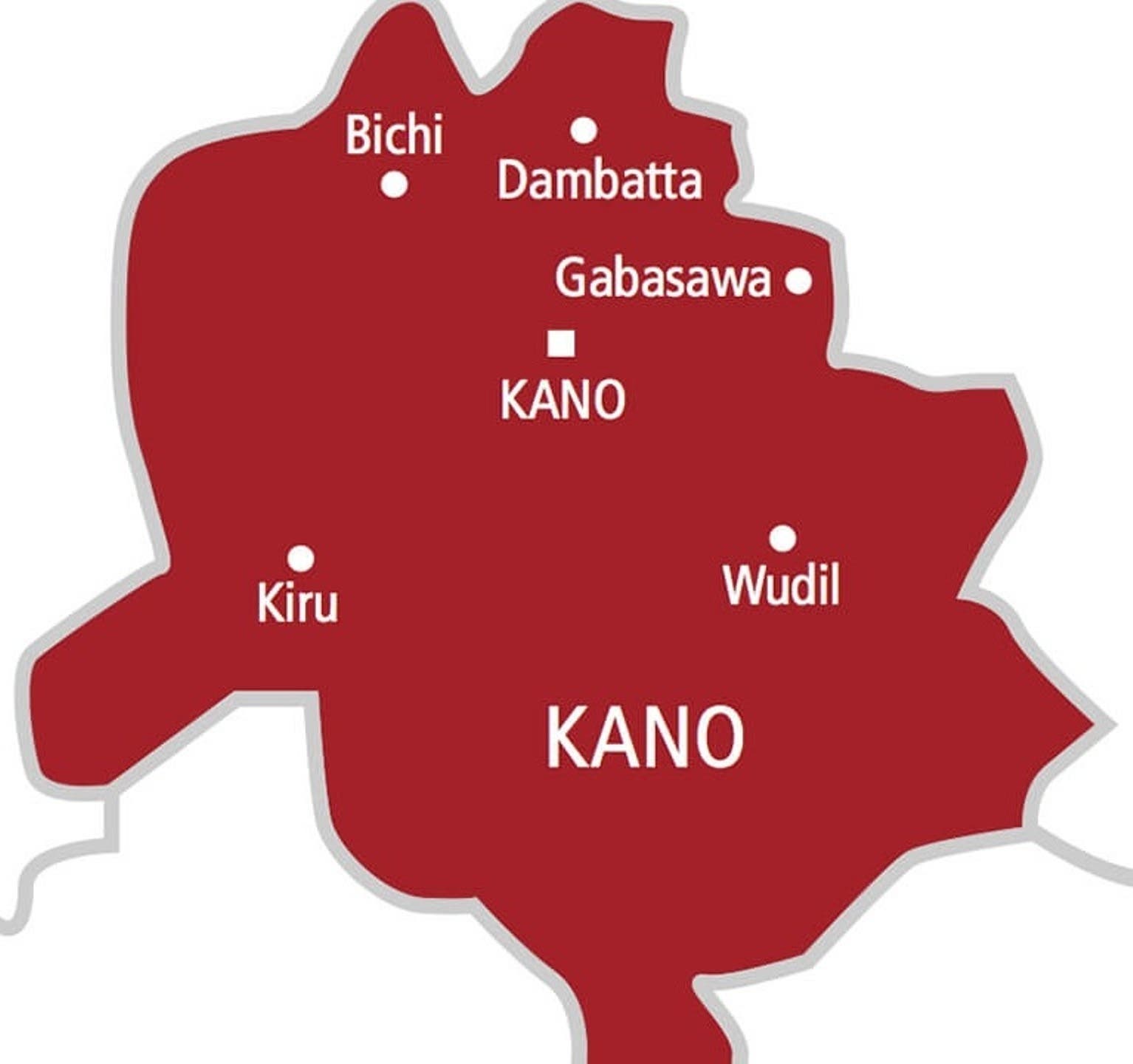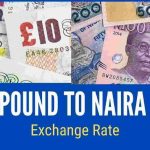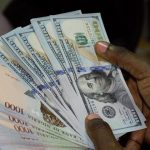Six9ja News Nigeria has access to the black market naira exchange rate for today, Thursday, June 23, 2023.
This online news source has collected the current black market, Bureau de Change (BDC), and Central Bank of Nigeria (CBN) values for the naira in Nigeria.
How much is Canadian dollars in black market?
Canadian Dollar to Naira Exchange Rates
Here are currency dealers in Abuja Zone 4 market, Lagos, Nigeria said a CAD dollar, CA$ or CAN$ was bought at the rate of ₦610 and sold at the rate of ₦630 today.
Kindly read and understand the accurate rate of CAD dollar to NGN naira today black market and also the exchange rate of (CAD) dollar to (NGN) naira in Lagos Nigeria today. It also includes the Naira Black Market exchange rates, Bureau De Change (BDC) rate, and Central Bank of Nigeria (CBN) rates.
Note, Disclaimer: Six9ja platform Nigeria neither determines nor sets exchange rates. The FMDQOTC website is where you can find the official NAFEX rates.
Also read: Dollar To Naira Black Market Rate Today June 2023 (USD to NGN)
How much is $100 Canada in Nigeria?
The current CA$100 exchange rate of (CAD) dollar to (NGN) naira in Lagos Nigeria today is at the rate of NGN #630,000.
How much is 1 Canadian to 1 Naira?
The current CA$1 exchange rate of (CAD) dollar to (NGN) naira in Lagos Nigeria today is at the rate of NGN #630.
How much is $20 Canada in Naira?
| Dollar (CAD) to Naira (NGN) | Black Market Dollar to Naira Exchange Rate Today |
| Rate Buying | ₦610 |
| Rate Selling | ₦630 |
| (CAD) Canadian Dollar to (NGN) Naira | Rate in Naira |
|---|---|
| 1 Canadian Dollar | ₦630:00 |
| 5 Canadian Dollar | ₦3,150:00 |
| 10 Canadian Dollar | ₦6,300:00 |
| 20 Canadian Dollar | ₦12,600:00 |
| 50 Canadian Dollar | ₦31,500:00 |
| 100 Canadian Dollar | ₦63,000:00 |
| 200 Canadian Dollar | ₦126,000:00 |
| 500 Canadian Dollar | ₦315,000:00 |
| 1000 Canadian Dollar | ₦630,000:00 |
| 2000 Canadian Dollar | ₦1,260,000:00 |
| 5000 Canadian Dollar | ₦3,150,000:00 |
Factors Influencing Foreign Exchange Rates
Foreign exchange rates play a crucial role in global trade and finance. They determine the value of one currency relative to another and can have significant impacts on international investments, imports, and exports. Understanding the factors that influence foreign exchange rates is essential for businesses, investors, and individuals who engage in foreign currency transactions. In this article, we will explore the key factors that influence foreign exchange rates and their implications on the global economy.
Table of Contents
- Introduction
- Supply and Demand Factors
- Balance of Trade
- Interest Rates
- Inflation Rates
- Political Stability
- Government Intervention
- Central Bank Actions
- Currency Pegs
- Market Sentiment and Speculation
- Macroeconomic Indicators
- GDP Growth
- Employment Data
- Consumer Price Index
- Fiscal Policy
- Monetary Policy
- Commodity Prices
- Market Liquidity
- Geopolitical Events
- Exchange Rate Regimes
- Capital Flows and Investments
- Technological Advancements
- Intermarket Relationships
- Currency Wars
- Financial Crises
- Conclusion
Introduction
Foreign exchange rates, also known as forex rates or currency exchange rates, represent the value of one currency in terms of another. These rates are determined by a multitude of factors that influence the supply and demand for currencies in the global market. Understanding these factors can help businesses and investors make informed decisions and manage their exposure to foreign exchange risk.
1. Supply and Demand Factors
The supply and demand for currencies are influenced by various economic indicators and market dynamics. Here are some key factors that affect the supply and demand for currencies:
Balance of Trade
The balance of trade, also known as the trade balance, is the difference between a country’s exports and imports. A positive trade balance, known as a trade surplus, occurs when a country exports more than it imports. This increased demand for the exporting country’s currency can strengthen its value. Conversely, a negative trade balance, known as a trade deficit, can lead to a weaker currency due to higher demand for imported goods and services.
Interest Rates
Interest rates set by central banks have a significant impact on foreign exchange rates. Higher interest rates can attract foreign investors seeking better returns, increasing the demand for a currency. This increased demand can lead to an appreciation of the currency. Conversely, lower interest rates can discourage foreign investment, reducing the demand for a currency and potentially causing it to depreciate.
Inflation Rates
Inflation, or the rate at which prices for goods and services rise, can affect foreign exchange rates. Countries with lower inflation rates generally experience stronger currency values as their purchasing power increases. On the other hand, countries with higher inflation rates may see their currency depreciate as it loses value relative to other currencies.
Political Stability
Political stability is a crucial factor in determining foreign exchange rates. Countries with stable political systems and predictable policies are often viewed as attractive investment destinations. This perception can lead to increased demand for their currency, strengthening its value. Conversely, countries with political instability or uncertain policies may experience currency depreciation as investors shy away from the associated risks.
2. Government Intervention
Governments and central banks often intervene in currency markets to influence foreign exchange rates. Here are two common methods of government intervention:
Central Bank Actions
Central banks can directly influence foreign exchange rates through their monetary policies. By adjusting interest rates, implementing quantitative easing measures, or intervening in currency markets, central banks can influence the supply and demand dynamics of a currency. These actions can lead to either an appreciation or depreciation of the currency, depending on the desired outcome.
Currency Pegs
Some countries opt to peg their currency to a fixed exchange rate with another currency, such as the U.S. dollar or the euro. By maintaining a fixed exchange rate, these countries can stabilize their currency’s value and reduce volatility. However, maintaining a currency peg requires significant government intervention and can limit a country’s ability to pursue independent monetary policies.
3. Market Sentiment and Speculation
Market sentiment and speculation can have a significant impact on foreign exchange rates, particularly in the short term. Investor confidence, economic indicators, and market expectations can influence the supply and demand for currencies. Positive sentiment can lead to increased demand and currency appreciation, while negative sentiment can result in decreased demand and currency depreciation.
4. Macroeconomic Indicators
Macroeconomic indicators provide insights into the overall health of an economy and can influence foreign exchange rates. Here are some key indicators to consider:
GDP Growth
Gross Domestic Product (GDP) growth reflects the overall economic performance of a country. Higher GDP growth rates often lead to increased investor confidence and can strengthen a country’s currency.
Employment Data
Unemployment rates and job creation figures can impact foreign exchange rates. Lower unemployment rates and strong job growth are generally associated with a robust economy and can attract foreign investors, leading to currency appreciation.
Also Read: Pound to Naira Black Market Rate 8th Today 2023
Consumer Price Index
The Consumer Price Index (CPI) measures inflation and price changes for goods and services. Higher CPI figures may signal rising inflation, potentially leading to currency depreciation.
Fiscal Policy
Government fiscal policies, such as taxation and public spending, can affect foreign exchange rates. Expansionary fiscal policies, such as tax cuts or increased government spending, can stimulate economic growth and potentially strengthen a currency.
Monetary Policy
Monetary policies, including interest rate decisions and money supply adjustments, are set by central banks and can impact foreign exchange rates. Tightening monetary policy, often through interest rate hikes, can attract foreign investors and strengthen a currency.
5. Commodity Prices
Commodity prices, such as oil, gold, and agricultural products, can influence the foreign exchange rates of countries heavily dependent on commodity exports. Higher commodity prices can lead to increased export revenues, strengthening the currency of the exporting country.
6. Market Liquidity
Market liquidity, or the ease with which assets can be bought or sold without significantly impacting their prices, can impact foreign exchange rates. Liquid markets tend to have more stable and predictable exchange rates compared to illiquid markets, where large trades can cause significant price fluctuations.
7. Geopolitical Events
Geopolitical events, such as wars, political crises, or major international agreements, can have a profound impact on foreign exchange rates. These events can create uncertainty and volatility, leading to significant currency fluctuations.
8. Exchange Rate Regimes
Different countries adopt various exchange rate regimes, which can influence their foreign exchange rates. Floating exchange rates, where market forces determine currency values, can lead to more volatility. Fixed exchange rates or currency pegs can provide stability but may require government intervention.
9. Capital Flows and Investments
Capital flows and investments across borders can affect foreign exchange rates. Higher levels of foreign direct investment or portfolio investments can increase demand for a currency, potentially strengthening it. Conversely, capital outflows can lead to currency depreciation.
10. Technological Advancements
Technological advancements, particularly in the financial sector, have made currency trading more accessible and efficient. Automated trading systems, algorithmic trading, and high-frequency trading can impact foreign exchange rates by increasing market liquidity and altering trading patterns.
11. Intermarket Relationships
Foreign exchange rates can be influenced by relationships between different financial markets. For example, changes in stock markets, bond markets, or commodity markets can impact investor sentiment and capital flows, ultimately affecting currency values.
12. Currency Wars
Currency wars occur when countries engage in competitive devaluations or exchange rate manipulations to gain a competitive advantage in international trade. These actions can lead to significant fluctuations in foreign exchange rates and disrupt global trade.
13. Financial Crises
Financial crises, such as banking crises or economic recessions, can have a severe impact on foreign exchange rates. Investor panic and risk aversion during crises can lead to currency depreciation as capital flows out of the affected country.
Conclusion
Foreign exchange rates are influenced by a complex interplay of factors, including supply and demand dynamics, government intervention, market sentiment, macroeconomic indicators, geopolitical events, and technological advancements. Understanding these factors is essential for businesses, investors, and individuals involved in international transactions. By staying informed about the factors influencing foreign exchange rates, stakeholders can make better-informed decisions and manage their exposure to currency risk.
FAQs
- Can I predict foreign exchange rates accurately?
- While it is challenging to predict exchange rates with complete accuracy, understanding the factors that influence them can help make informed forecasts.
- How does political stability affect foreign exchange rates?
- Political stability instills confidence in investors, attracting foreign capital and strengthening the currency.
- What is the role of central banks in influencing exchange rates?
- Central banks can influence exchange rates through monetary policies, interest rate adjustments, and direct intervention in currency markets.
- How do financial crises impact foreign exchange rates?
- Financial crises can lead to currency depreciation due to investor panic and capital outflows from the affected country.
- Why do countries engage in currency wars?
- Countries engage in currency wars to gain a competitive advantage in international trade by devaluing their currencies. However, this can lead to instability and volatility in foreign exchange markets.
Do you find Six9ja useful? Click here to give us five stars rating!
